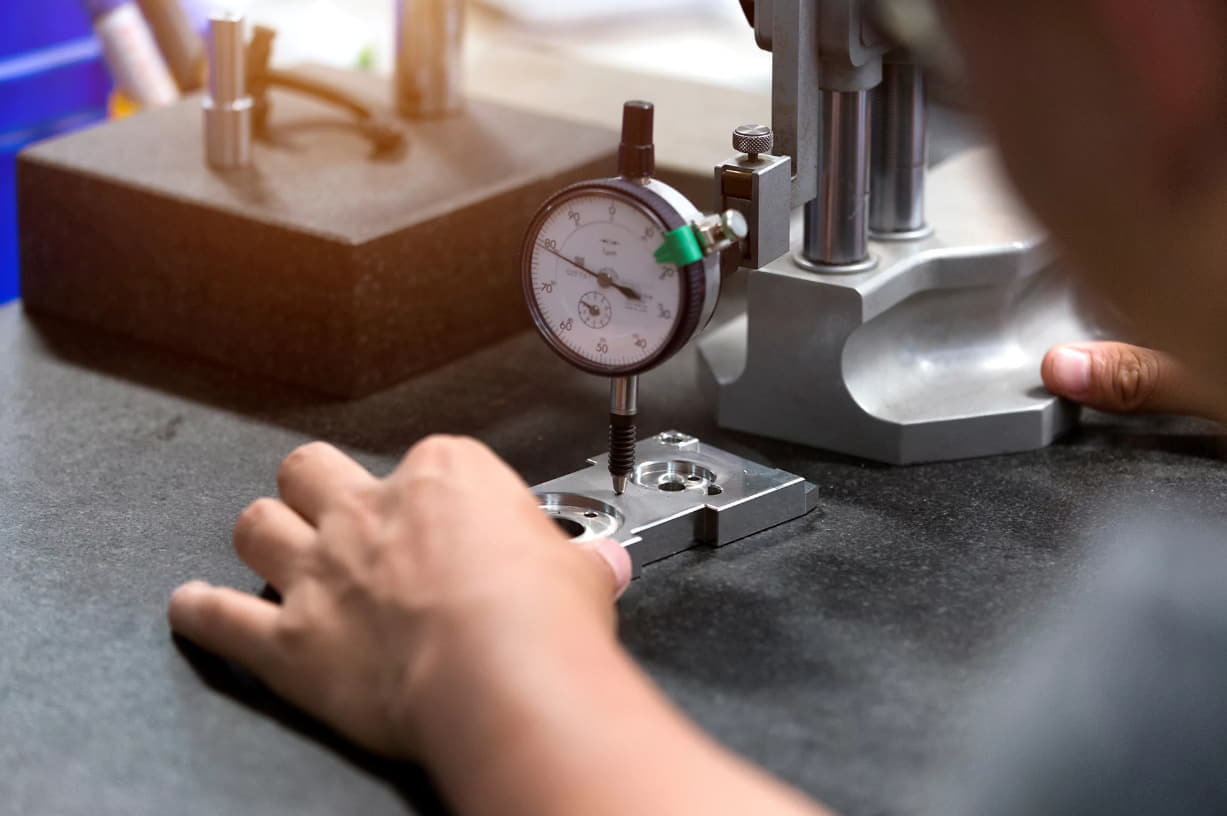How to Measure Base Flatness?

Measure base flatness is a crucial step in many industries, including manufacturing, construction, and engineering. The flatness of a surface determines how well it can perform its intended function, such as providing a stable foundation for machinery or ensuring a precise fit between components. In this article, we will discuss how to measure base flatness and the tools and techniques you can use to ensure accuracy.
Understanding Base Flatness
Before we dive into how to measure base flatness, let’s first define what it is. The base flatness refers to the degree to which a surface is flat and is typically measured in terms of deviations from a perfect plane. In the context of machinery, base flatness is essential because it affects how well the machine functions. If the base is not flat, it can cause vibrations, misalignments, and other issues that can affect performance and lead to premature wear and tear.
Measuring Base Flatness
There are several methods for measuring floor flatness, each with its advantages and disadvantages. Let’s explore some of the most common techniques:
-
Surface Plate Method:
The surface plate method is a traditional method of measuring laser flatness that involves using a granite or cast iron plate as a reference surface. The machine base is placed on the surface plate, and a dial indicator is used to measure deviations in the height of the machine base flatness from the surface plate. This method is reliable and accurate, but it can be time-consuming and requires a skilled operator.
-
Laser Scanning Method:
Laser scanning is a modern technique that involves using a laser scanner to create a three-dimensional map of the surface. The scanner can detect deviations in the surface height and produce a colour-coded map that shows the level of flatness. This method is fast, accurate, and can be used on large surfaces, but it requires specialized equipment.
-
Straight Edge Method:
The straight edge method is a simple technique that involves using a straight edge to measure the height deviations in a surface. The straight edge is placed on the machine base, and a feeler gauge is used to measure the distance between the straight edge and the surface. This method is quick and easy, but it can be less accurate than other methods.
Conclusion
Measure base flatness is an essential step in ensuring the optimal performance of machinery. Whether you use the traditional surface plate method or a modern laser scanning technique, accurate measurements are crucial for achieving the desired level of flatness. By following the tips we’ve outlined, you can ensure accurate measurements and maintain the flatness of your machine base for optimal performance.
Copyright © Rain Stone LLC All Rights Reserved